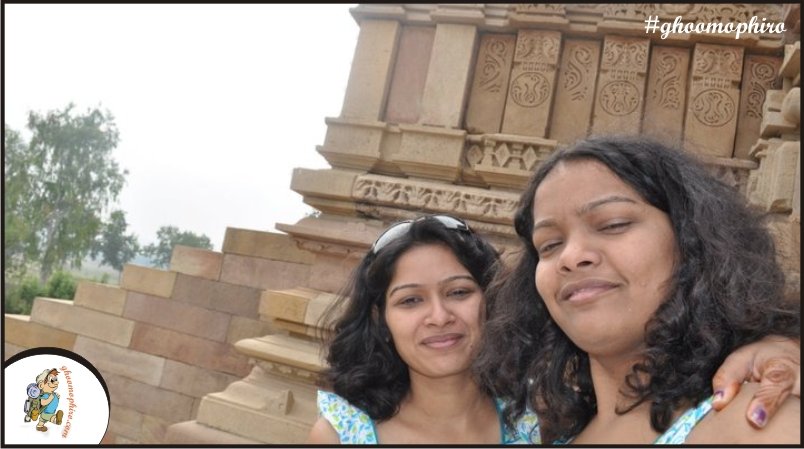Located right in the centre of the country, Madhya Pradesh is quite an enigmatic state. Be it the religious places, places to eat or to grasp in the natural beauty, the place tends to offer everything to everyone. This is one of those places that never disappoint the tourists. One of the highest populated and largest Indian states, Madhya Pradesh, also known as MP is a tourist’s paradise. The people here are nice and the language that is spoken by the largest chunk of the population is Hindi, so there must be no trouble in communicating with the locals. The 5-day tour may not be enough to grasp the entire beauty of the place but enough to get most out of it. So, here is how a we divided our first ever trip to Madhya Pradesh.
Day 1
The first day starts with the arrival in the beautiful and historical city of Gwalior. The city reeks of royal splendor through every corner and there so many remains of the bygone era that will remind you about the glorious history the place once had. Rest for a while and then get out of the hotel in order to witness some monuments such as the Gwalior fort, Jai Vilas Palace and the museum. The remaining part of the day will be spent on the things you like. You could find a place to eat or a park to sit down and relax.
Day 2
Second day, we started early and reached Orccha and loved the famous temples there. Sunrise and sunsets are not to be missed.
Day 3
Day 3 was planned for the famous Khajuraho, where you can get a glimpse in the lives of ancient Indians and how they lived and survived in those deadly circumstances. At the Khajuraho temple complex, a show full of light and sound takes place is a good food for thought. One day a Khajuraho, we moved to Bhedaghat.
Bhedaghat is a town and a nagar panchayat in Jabalpur district in the state of Madhya Pradesh, India, situated by the side of river Narmada which has all the essentials to spellbind you. The place is famed for its splendid marble artefacts. As dusk descends, these marbles seem to glitter in the moonlight which is no less than a blessing to watch.
At Bhedaghat, you should visit the picturesque and spectacular Dhuandhar which is a famous attraction at Bhedaghat, 30 km away from Jabalpur. The white water knocks down to form a gorge known as the Marble Rocks. Localities visit this place as a popular picnic spot and it is also a popular destination surrounded by evergreen trees and shrubs.
Day 4
The lush greenery of the forested regions that are incredibly the natural home for a variant of wild species..that is what all Bandhavgarh National Park is about. A magnificent trip to Bandhavgarh will let you catch the amazing glimpses of the majestic creatures which is a simply incredible sight. With safari options in Bandhavgarh, you can enjoy your trip in a very organized way
Day 5
This was the last stop of our itinerary, and we planned to spend in the beautiful hills of Pachmarhi.
MP is one of the largest states in the country geographically and it may take months to completely understand everything the state has to offer. It still remains one of the golden crowns in the India historical and religious scenario. This is one state
